
more>>Industry Overview
more>>Link us
News
Not all post-weld heat treatments (PWHT) are beneficial. Welding residual stresses arise due to uneven temperature distribution and thermal expansion and contraction of the weld metal, making their occurrence inevitable during welding.
The most common method to eliminate these stresses is high-temperature tempering, where the weldment is heated to a certain temperature and held for a specific duration in a heat treatment furnace. This process utilizes the reduction in material's yield limit at high temperatures, causing plastic flow in high-stress areas, gradually reducing elastic deformation and increasing plastic deformation, thereby lowering the stresses.
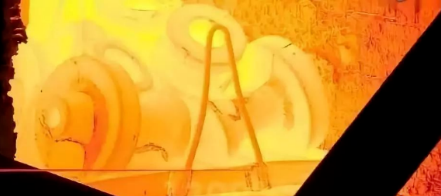
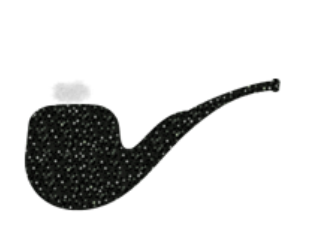
PWHT Selection and Impact:
Choice of Heat Treatment Method: Various factors influence the selection.
Impact on Tensile Strength and Creep Limit: The effect of PWHT on these properties depends on the treatment temperature and holding time. Its impact on impact toughness of weld metal varies with steel types.
Types of PWHT: Single high-temperature tempering or normalizing plus high-temperature tempering are commonly used. For gas welding joints, normalizing plus high-temperature tempering is employed due to coarse grains in the weld and heat-affected zone (HAZ), requiring grain refinement.
Stress Relief: Single normalizing cannot eliminate residual stresses, necessitating additional high-temperature tempering. Single medium-temperature tempering is only suitable for assembling and welding large, ordinary low-carbon steel containers on construction sites, aiming to partially relieve residual stresses and remove hydrogen.
Most Common Practice: Single high-temperature tempering is predominantly used. Heating and cooling rates should be controlled to ensure uniform temperature throughout the weldment.
Pressure Vessel PWHT:
Pressure vessels undergo two types of heat treatment: mechanical property improvement and PWHT. Broadly, PWHT involves treating the weld area or component after welding.
Specific PWHT methods include stress-relieving annealing, full annealing, solid solution treatment, normalizing, normalizing plus tempering, tempering, low-temperature stress relief, and precipitation heat treatment.
Narrowly, PWHT refers solely to stress-relieving annealing, a process of uniformly heating the weld area and related parts below the metal's phase transformation temperature point, followed by uniform cooling, to improve weld zone properties and eliminate harmful effects like residual stresses.
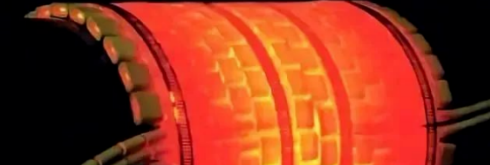
Purposes of PWHT:
Relax welding residual stresses.
Stabilize structure shape and size, reducing distortion.
Enhance base material and weld joint properties, including plasticity, reduced HAZ hardness, fracture toughness, fatigue strength, and restored or improved yield strength lost during cold forming.
Improve stress corrosion resistance.
Further release harmful gases, especially hydrogen, in weld metal, preventing delayed cracking.
Necessity of PWHT:
Whether PWHT is necessary for pressure vessels should be clearly specified in the design, as per current design codes. Residual stresses in welded pressure vessels can have adverse effects under certain conditions, combining with hydrogen in welds to harden the HAZ, leading to cold and delayed cracking.
Static or dynamic stresses in welds, combined with corrosion from media, can cause stress corrosion cracking. Residual stresses and hardening of base material due to welding are significant factors in stress corrosion cracking.
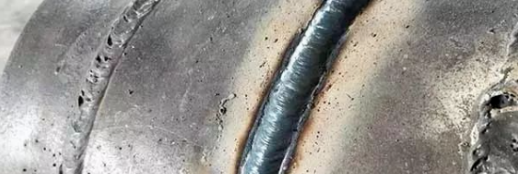
Research shows that deformation and residual stresses shift metal corrosion from uniform to localized, like intergranular or transcrystalline corrosion, occurring in specific media. Corrosion behavior can change based on aggressive media composition, concentration, temperature, and differences in base material and weld zone composition, structure, surface condition, and stress state.
Deciding on PWHT for welded pressure vessels involves considering vessel use, size (especially wall thickness), material properties, and operating conditions.
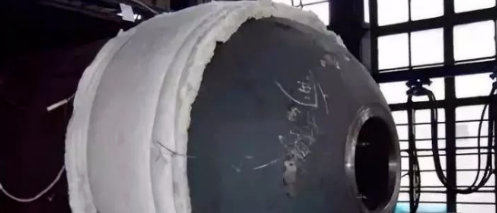
PWHT should be considered for:
Demanding applications, like thick-walled vessels at low temperatures risking brittle fracture or those under heavy or alternating loads.
Welded pressure vessels exceeding certain thickness thresholds, including boilers and petrochemical vessels governed by specific codes.
Vessels requiring high dimensional stability.
Vessels made from steel prone to hardening.
Vessels at risk of stress corrosion cracking.
Other vessels specified by codes, standards, or drawings.
In steel-welded pressure vessels, residual stresses near welds reach the yield point, related to austenitic transformation. Researchers suggest 650°C tempering benefits steel-welded pressure vessels in eliminating residual stresses. Without proper PWHT, corrosion-resistant weld joints cannot be achieved.
Stress-relieving heat treatment involves heating weldments to 500-650°C and slowly cooling them. Stress reduction occurs due to creep at high temperatures, starting at 450°C in carbon steel and 550°C in molybdenum-containing steel. Higher temperatures more effectively relieve stresses but can excessively soften steel if exceeding its original tempering temperature. Therefore, temperature and time are crucial in stress-relieving heat treatment. Tensile and compressive stresses coexist in weldments, with stress and elastic deformation present simultaneously. As steel temperature rises, yield strength decreases, converting elastic deformation into plastic deformation, thereby relaxing stress.

Higher PWHT temperatures more thoroughly relieve internal stresses but excessively high temperatures can severely oxidize steel surfaces. For quenched and tempered steel, PWHT temperatures should not exceed the original tempering temperature, typically 30°C lower, to avoid losing quenching effects and reducing strength and fracture toughness. This is crucial for heat treatment professionals.
The higher the PWHT temperature for stress relief, the greater the steel softening. Heating steel to its recrystallization temperature eliminates internal stresses. Recrystallization temperature closely relates to melting temperature, generally calculated as K = 0.4 × melting temperature (K). Heat treatment temperatures closer to the recrystallization temperature more effectively relieve residual stresses.
Considering the Comprehensive Effects of PWHT:
PWHT is not always advantageous. It generally helps relieve residual stresses and is essential under strict stress corrosion requirements. However, impact toughness tests show that PWHT adversely affects the toughness of deposited metal and the HAZ, sometimes causing intergranular cracking in coarse-grained areas of the HAZ.
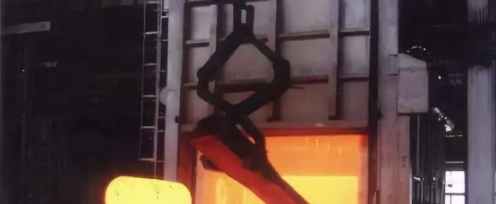
Furthermore, PWHT relies on reduced material strength at high temperatures to relieve stresses, potentially compromising structural rigidity. For structures undergoing whole or partial PWHT, support capacity at high temperatures must be considered before treatment.
Therefore, when deciding on PWHT, weigh its benefits and drawbacks comprehensively. Structurally, it can enhance or degrade performance, necessitating a balanced consideration of both aspects for a reasonable judgment.